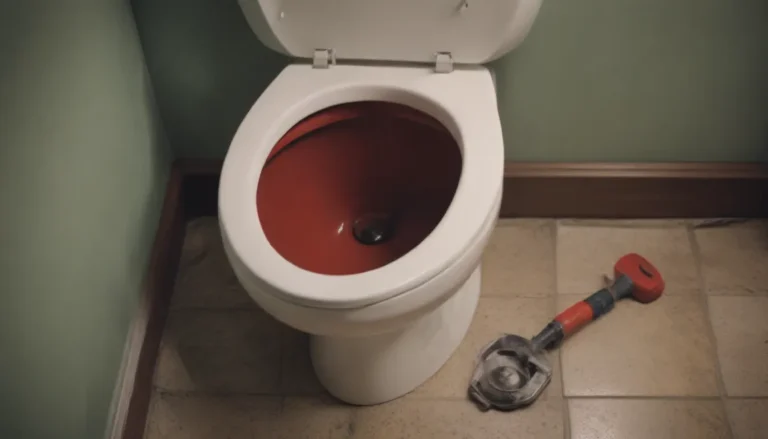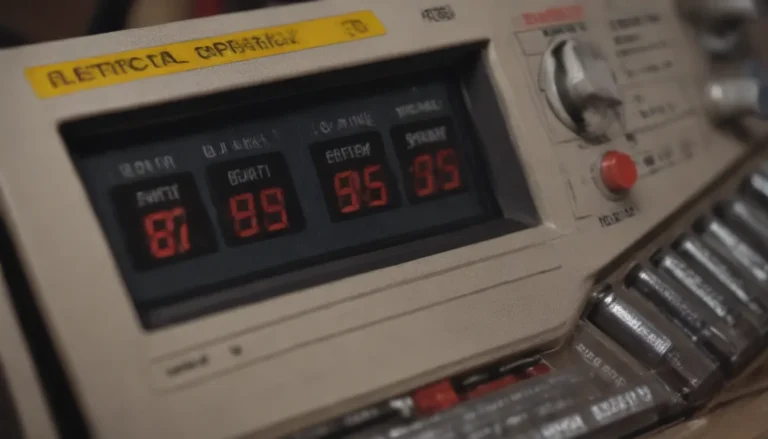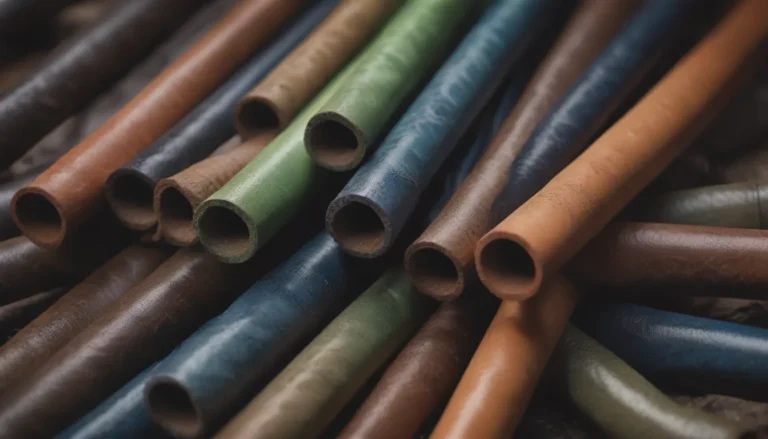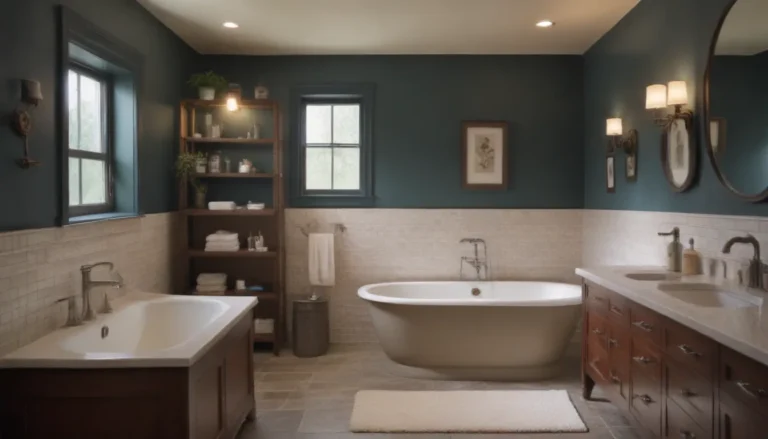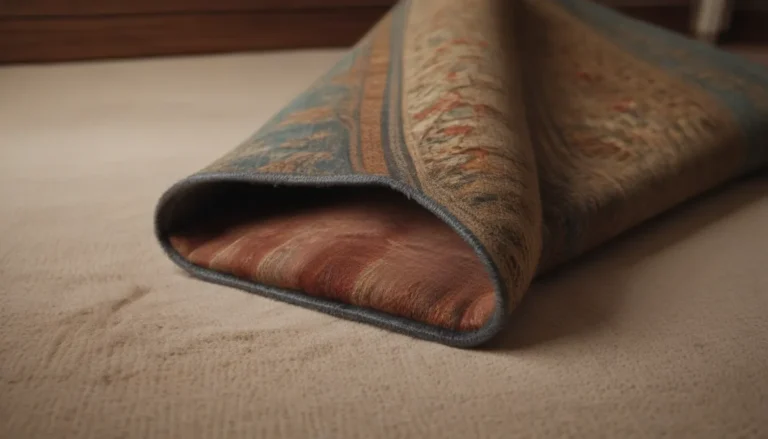The Ultimate Guide to Making the Right Choice Between HardiePlank Fiber-Cement and Vinyl Siding
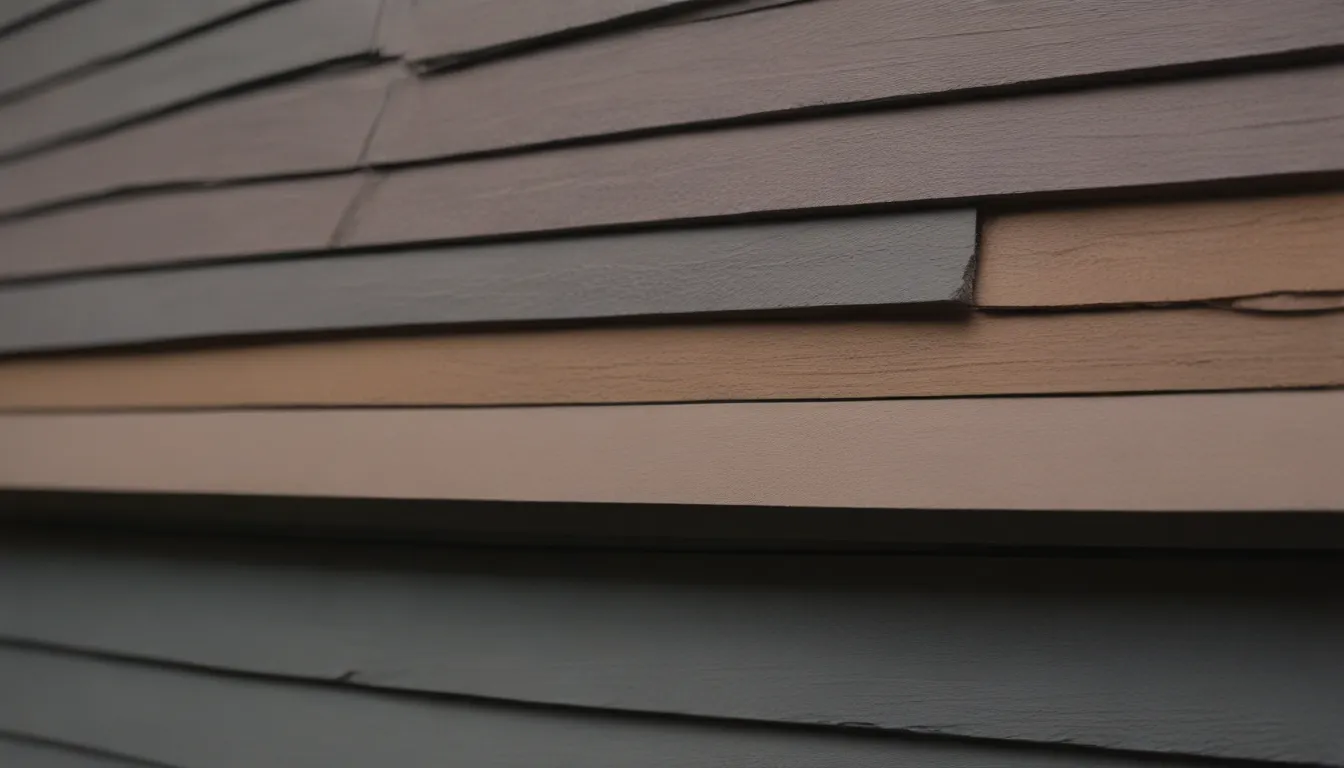
When it comes to siding your house, there are many factors to consider, such as cost, appearance, durability, and maintenance. The decision often boils down to fiber-cement siding like HardiePlank and vinyl siding. While fiber-cement siding has its appeal, the lower cost of vinyl siding and other qualities make it a contender in the battle for the best house siding. Let’s dive into a detailed comparison between these two popular siding options.
Siding Thickness
Fiber-Cement Siding
HardiePlank is known for its thickness, resembling real wood lap siding. With an average thickness ranging between 5/16- and 1/4-inch, HardiePlank offers a sturdy and substantial feel.
Vinyl Siding
On the other hand, vinyl siding is considerably thinner, typically ranging between 0.040 and 0.046 inches. While it may seem thinner, vinyl siding can be backed with foam sheathing or insulation to provide additional exterior thickness.
Combustibility
Fiber-Cement Siding
HardiePlank is composed of cement-like materials and cellulose fibers, making it difficult to burn. It is considered fire-resistant but not entirely fireproof. However, precautions should be taken during installation to avoid inhaling harmful cement dust.
Vinyl Siding
Vinyl siding is more susceptible to fire and extreme heat compared to HardiePlank. While treated with fire retardant, vinyl siding can warp or distort when exposed to high temperatures.
Texture and Realism
Fiber-Cement Siding
Thanks to its thickness, HardiePlank offers deep embossing and texturing that closely resembles real wood. While it may not be mistaken for wood, the texture adds to its aesthetic appeal.
Vinyl Siding
Vinyl siding does have a wood-like relief, but its thinness limits the depth of textures. While it may not offer the same level of realism as fiber-cement siding, vinyl siding still provides a decent appearance.
Cost
Vinyl siding is typically more affordable than fiber-cement siding, making it a popular choice for many homeowners. While the initial cost savings of vinyl siding may be appealing, it’s essential to consider the long-term benefits of a higher-end siding option like HardiePlank.
Fiber-Cement Siding
HardiePlank can range from $10 to $12 per board, making it a more expensive option compared to vinyl siding. However, the investment in HardiePlank can lead to better resale value for your home.
Vinyl Siding
Vinyl siding is available at a lower price point, with some options costing around $9 per panel. While vinyl siding may be a budget-friendly choice, it may not offer the same level of durability and longevity as fiber-cement siding.
Durability
Both HardiePlank fiber-cement siding and vinyl siding are durable options that outperform traditional wood siding in terms of longevity and maintenance. Here’s a breakdown of their durability features:
Fiber-Cement Siding
HardiePlank is a sturdy material that resists cracking, warping, and melting. It is also resistant to pests and insects, making it a low-maintenance siding option.
Vinyl Siding
Vinyl siding is flexible and resistant to impact, but it can be damaged by extreme temperatures and impact from objects like lawnmowers. While it may require occasional replacement due to warping, vinyl siding is still a durable and cost-effective option.
By comparing the features and benefits of HardiePlank fiber-cement siding and vinyl siding, you can make an informed decision on the best siding option for your home. Whether you prioritize cost, durability, or appearance, choosing the right siding material will enhance the aesthetic and value of your home.
For more information on siding options and home improvement tips, check out resources like the National Institute for Occupational Safety and Health and the U.S. Department of Energy’s Office of Energy Efficiency & Renewable Energy. Make sure to prioritize safety and quality when selecting siding for your home to enjoy long-lasting protection and beauty.
